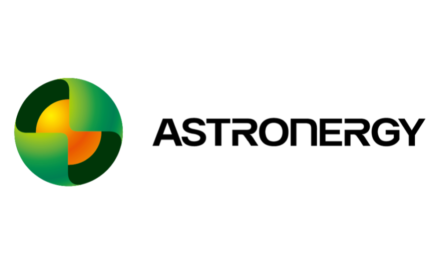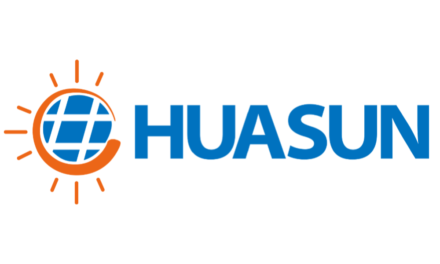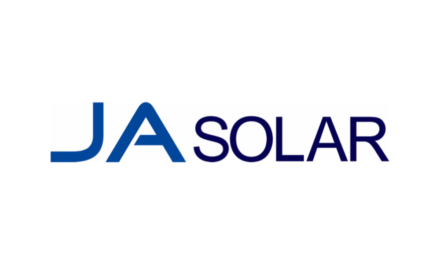- TaiayngNews’ Advanced Module Technologies conference on day 1 had leading module suppliers discussing standardization of 210mm modules
- Trina Solar, Canadian Solar and Risen Energy listed benefits of the technology in reducing overall LCOE for solar installations for end consumers
- CEA/INES said to understand which module size the market will finally prefer would depend on overall productivity of the modules, in case larger wafers is the way to go
- There is enough and growing interest in these modules as PV tracker and inverter companies come out with products compatible with 210mm modules
One has to agree that among several achievements and events that shaped the global solar power industry in 2020, progress in solar module design was a highlight. And it was high power modules that grabbed most of the limelight with industry biggies going in for large wafer based solar modules claiming better power output for bigger sized modules.
The newest kid on the block, 210mm wafer sized modules, was the subject of discussion on Day 1 of TaiyangNews Virtual Conference on Advanced Module Technologies For Rooftop & Utility Scale Applications with Trina Solar, Risen Energy and Canadian Solar, all companies who have introduced their 210 module series one after the other in recent past.
Head of Global Presales at Trina Solar, Yaodi Liu discussed his company’s on-ground solar power installations with various module sizes that he said all showed more power generation and lower costs for the 210 series with lower EPC costs, and fewer modules used. Liu claimed 600W+ Vertex modules from the company paves the way to further bring down LCOE (see Trina Solar Launches 600 W Vertex Modules).
Adding to the lower LCOE claims for 210 sized modules was Risen Energy whose Head of Product Management, Yifeng Song referred to the 210 series products standardization effort launched by 8 companies including Risen Energy in December 2020 (see 8 Companies Push For Standardizing 210mm Wafer Size). Song said his company will push its 210 sized Titan Series to have 720W power output by H2/2022, growing from 600W in H1/2021.
Another member of the 210mm standardization push, Canadian Solar’s Senior Director of Global Product Management and Technology Integration, Dr. Xusheng Wang listed the benefits of the company’s Series 7 modules, available with up to 665 W and 21.4% efficiency, claiming its bifacial modules in the series offers the most attractive LCOE. Costs for BiHiKu7 per MWH are 8.9% lower than for its HiKu7, which offer a 3.5% lower LCOE than a 166 mm based 445 W standard module.
Wang said Series 7 modules are all compatible with mainstream PV trackers and several leading inverter brand products both in central and string inverter field. CSI’s 210mm modules will be available in the market from April 2021 onward. When it comes to cell technology, Canadian Solar said it wants to explore TOPCon and heterojunction in the future; it currently, operates pilot lines for these technologies.
However, bringing in a neutral view for the challenges the technology poses, Head of Solar Technologies at Atomic and Alternative Energies Commission/National Institute of Solar Energy (CEA/INES), Anis Jouini said large sized wafers add immense value to the solar PV module design, but it is the productivity of the module that will finally decide which size will ultimately capture a larger market share. CEA/INES focusses on HJT and manufacturers opting for this will also need to combine larger wafer-based modules for HJT technology.
Participating in an executive panel with TaiyangNews Managing Director Michael Schmela post the presentations, Global Marketing Director of Risen Energy, Leon Zhuang said there is great demand for its 210mm products and customers who received it are very happy.
Trina Solar’s Head of Europe Gonzalo de la Vina, who emphasized that his company is primarily betting on 210mm as it expands to 50 GW module capacity by end of 2021, said there is a strong acceptability for 210 sized solar modules as there are compatible trackers and inverters available in the market which is the main concern of end users and installers.
Canadian Solar’s Dr. Xusheng Wang added that the fact that most of the manufacturers who have come out with large sized modules are now in mass production shows there is availability of production equipment and logistics measures are also taken care of.
Day 2 of the TaiyangNews Advanced Module Technologies Conference on January 28, 2021 is going to be an exciting one as well as we will launch our Advanced Solar Module Technology 2021 Edition. We will have JinkoSolar, LONGi Solar and Chint/Astronergy bringing in technological perspectives about products for the different market segments – residential, C&I, utility-scale. Registrations are free here.















